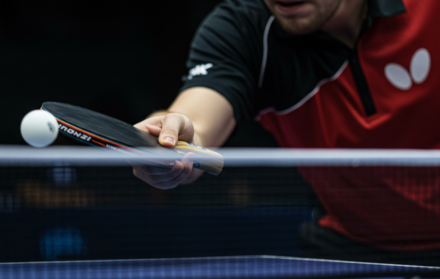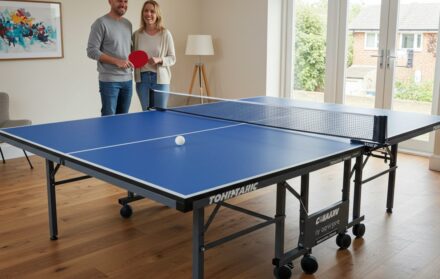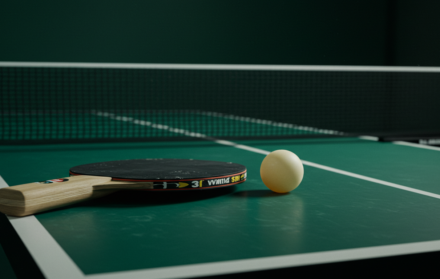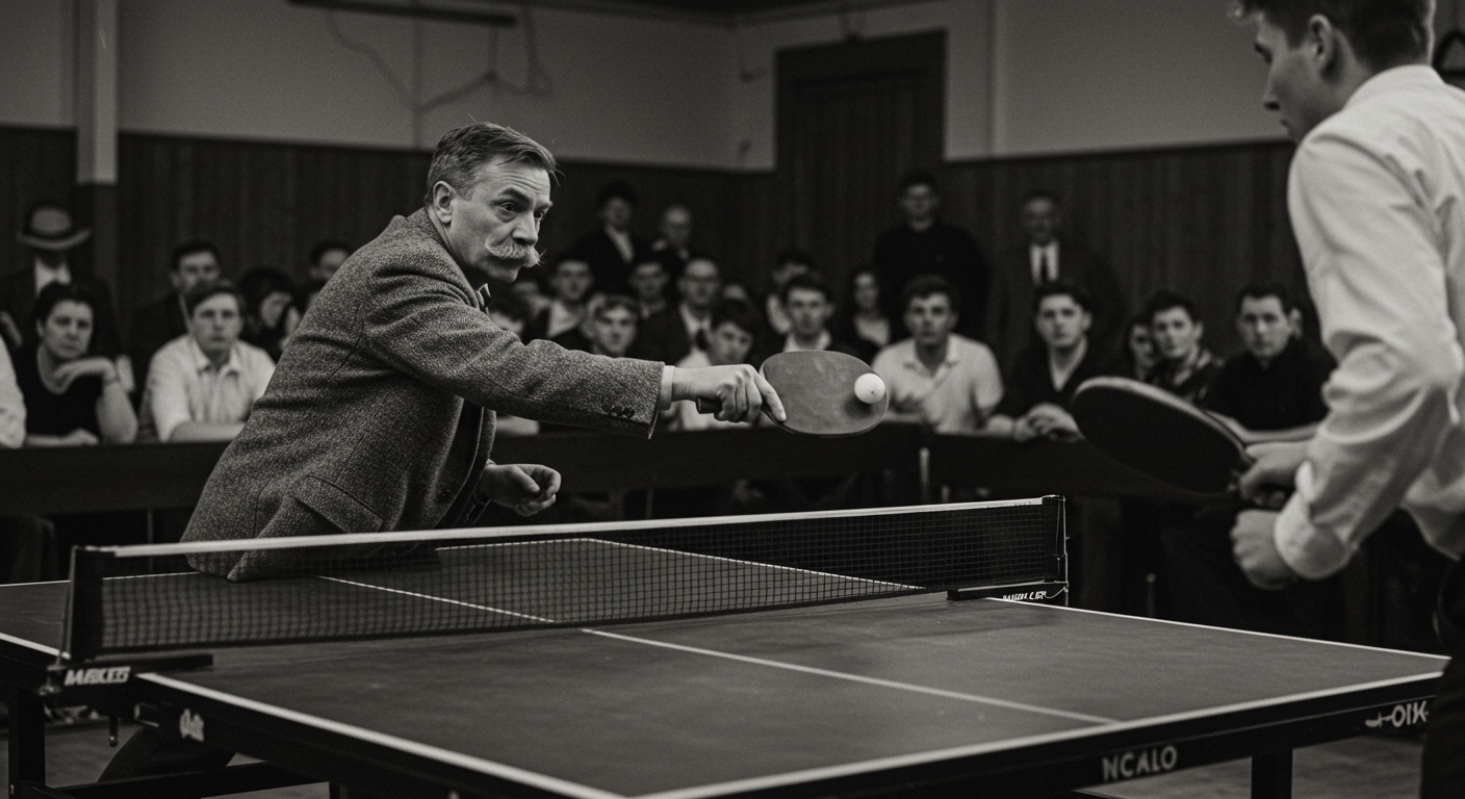
History of Table Tennis
Today, table tennis is played by millions across the world. Whether it is in school gyms, local clubs, or Olympic arenas, the game is fast-paced, strategic, and accessible. But how did it come to be? Where did it start, and how did it evolve into the sport we know today?
This article explores the full history of table tennis, from its early improvisations in Victorian England to its modern-day global dominance.
Early Origins: The Victorian Drawing Room Game
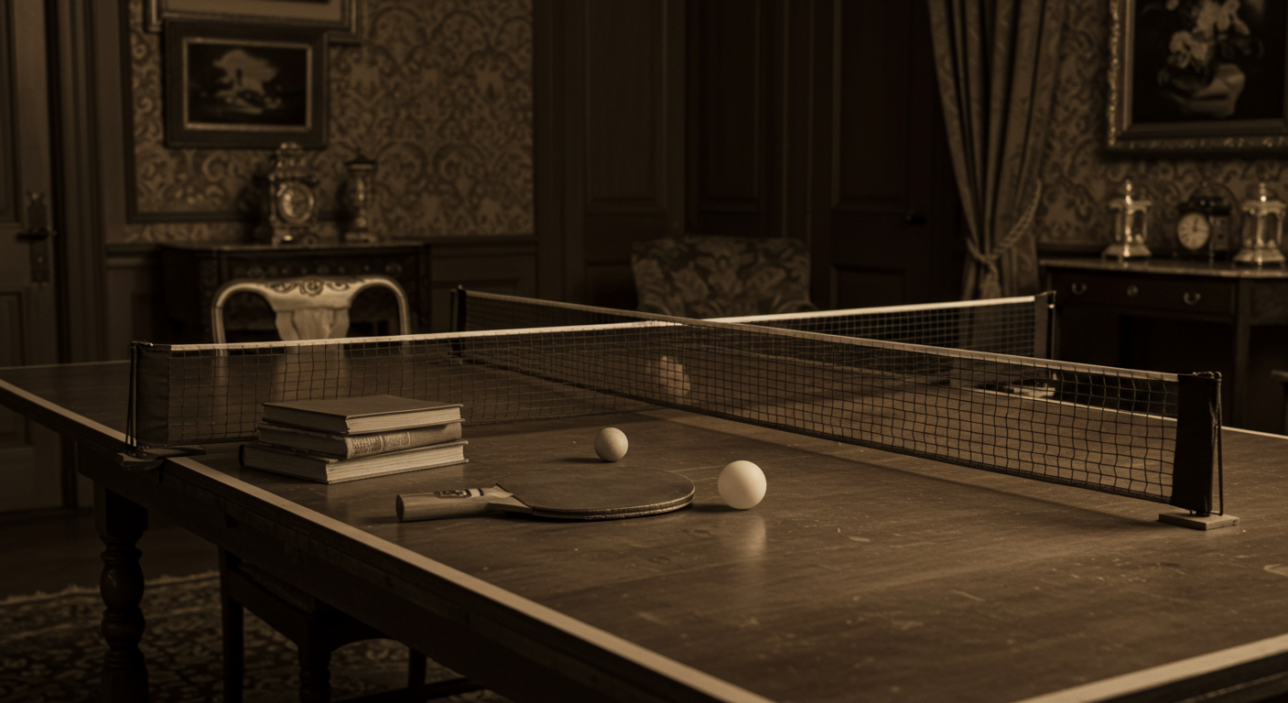
The history of table tennis begins in England in the late 1800s. Back then, lawn tennis was already popular, but the upper class sought indoor alternatives during cold or rainy months. They began playing a miniature version of tennis on dining room tables using improvised equipment.
Books were stacked to form nets. Champagne corks or golf balls were used in place of modern balls. Cigar box lids or parchment-covered wooden paddles served as makeshift rackets. The game was informal, social, and known by names such as whiff-whaff, parlor tennis, or indoor tennis.
The Rise of “Ping Pong” and Early Commercialization
In 1901, British company J. Jaques & Son Ltd trademarked the name “Ping Pong” to sell their version of the game. The term mimicked the sound of the ball striking the paddle and the table. Parker Brothers later bought the trademark rights in the United States.
That same year, the first informal competitions and tournaments were held in England. The name “table tennis” began to take hold among enthusiasts who wanted to distinguish the sport from the commercial trademark.
Manufacturers began to standardize equipment. Celluloid balls were introduced, offering better bounce and consistency. Early rulebooks were published, laying the groundwork for the sport’s future.
Establishing International Structure: The ITTF
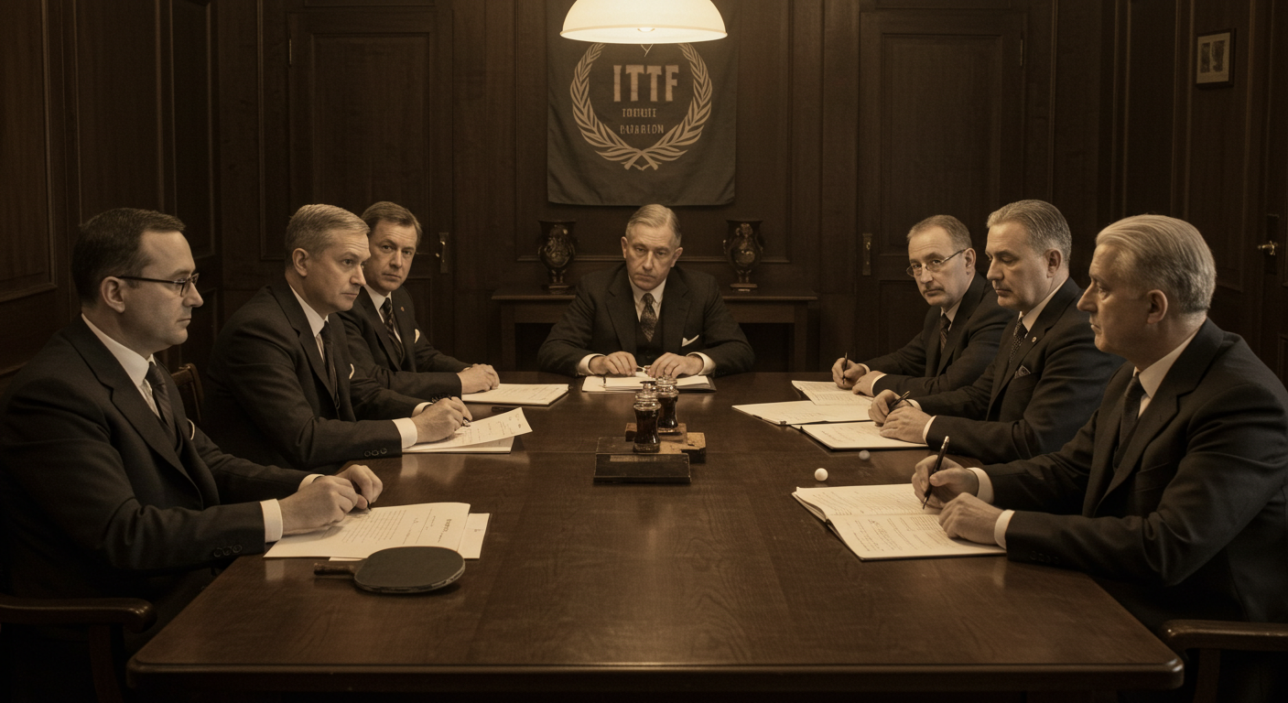
The most significant development came in 1926 with the formation of the International Table Tennis Federation (ITTF). This global body set out to regulate the sport, unify the rules, and oversee international competitions.
The first World Table Tennis Championships were held in London the same year. Players from Europe and Asia participated, with Hungary quickly emerging as a dominant force. Champions such as Viktor Barna and Maria Mednyanszky won multiple titles during the 1930s.
Standardizations under the ITTF included:
-
A net height of 15.25 cm
-
A ball diameter of 38 mm (later increased)
-
Uniform racket size and table dimensions
The ITTF helped transform table tennis from a casual pastime into an organized sport.
Timeline of Key Events in Table Tennis History
| Year | Event |
|---|---|
| 1890s | Improvised table tennis emerges in England |
| 1901 | “Ping Pong” trademarked by J. Jaques & Son |
| 1926 | ITTF founded; first World Championships held |
| 1937 | Serve rules and net height standardized |
| 1952 | Sponge paddles introduced by Japanese players |
| 1971 | Ping Pong Diplomacy improves US-China relations |
| 1988 | Table tennis debuts at the Olympic Games in Seoul |
| 2000 | Ball size increased from 38 mm to 40 mm |
| 2001 | Scoring system changes from 21 to 11 points per game |
| 2014 | Celluloid balls phased out and replaced by plastic |
The Rise of Asia and Technological Innovations
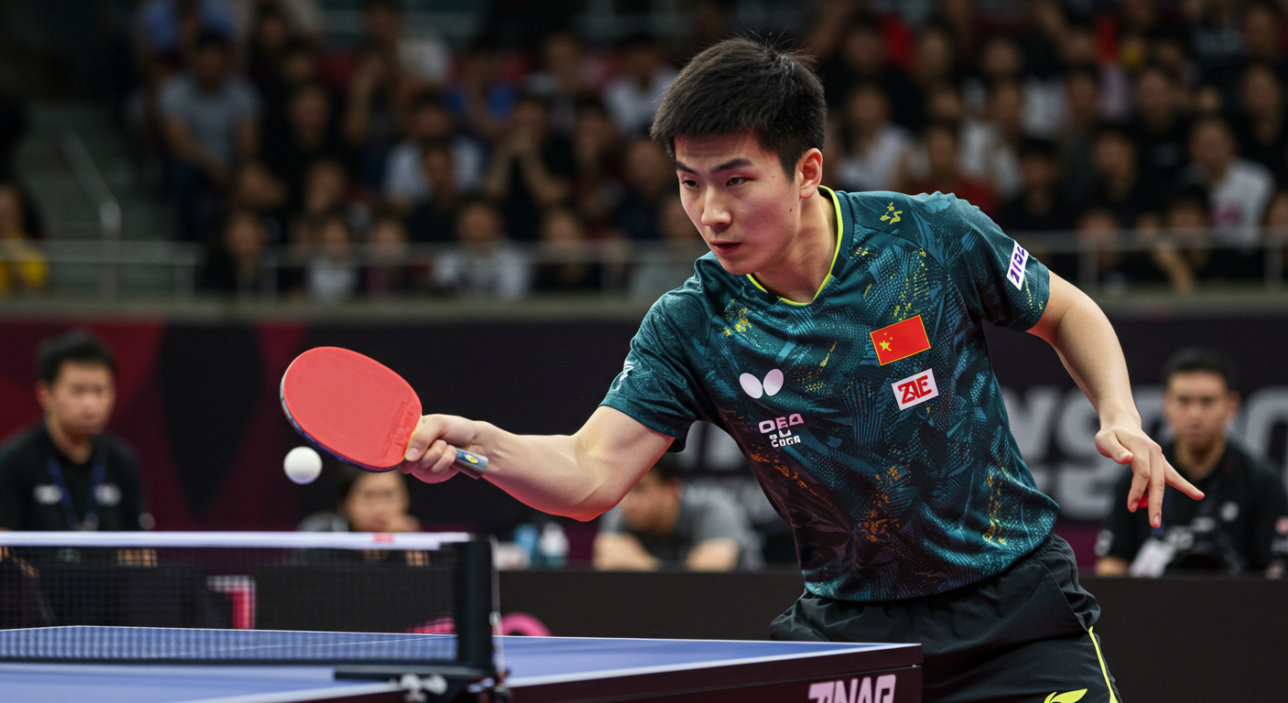
In 1952, Japan stunned the table tennis world. Hiroji Satoh won the World Championships using a racket with a sponge layer beneath the rubber. This innovation allowed for greater speed, spin, and control. It changed the sport forever.
European players, who relied on flat wooden paddles and defensive tactics, found themselves overwhelmed. Japan led the sport for the next several years before China began its ascent in the 1960s.
Chinese players such as Rong Guotuan and Zhuang Zedong brought new styles, tactics, and precision to the game. With systematic coaching, early talent identification, and grueling practice routines, China developed a table tennis program unmatched by any other country.
Ping Pong Diplomacy: Sport and Politics Collide
In 1971, table tennis made international headlines. During the World Championships in Nagoya, American player Glenn Cowan accidentally boarded the bus of the Chinese team. Chinese player Zhuang Zedong offered him a gift.
This small act of kindness led to a historic moment. The US table tennis team was invited to China. The visit marked the first time Americans entered the country since the Communist revolution. One year later, US President Richard Nixon visited China, opening a new chapter in US-China relations.
This event became known as Ping Pong Diplomacy. It showed that table tennis was not only a sport, but also a diplomatic tool capable of changing global politics.
Olympic Debut and Global Expansion
In 1988, table tennis was officially included in the Summer Olympic Games in Seoul. The introduction of the sport at the Olympics gave it new prestige and expanded its reach. Both singles and doubles events were contested.
The Olympic spotlight helped grow viewership and inspired youth participation worldwide. Since its debut, China has dominated the Olympic table tennis scene, but countries like Sweden, South Korea, Germany, and Japan have also produced top-level athletes.
Names such as Jan-Ove Waldner (Sweden), Ryu Seung-min (Korea), Ai Fukuhara (Japan), and Timo Boll (Germany) became international stars.
Modern Rule Changes
To keep the sport dynamic and spectator-friendly, the ITTF introduced several rule modifications in the 2000s:
-
Ball size increase: In 2000, the ball size changed from 38 mm to 40 mm to slightly slow down play and improve visibility for TV audiences.
-
Scoring system: In 2001, the scoring format changed from 21 to 11 points per game, with best-of-five or best-of-seven matches.
-
Plastic balls: By 2014, plastic balls replaced celluloid due to safety and supply concerns. The new balls had slightly different bounce and spin characteristics.
These updates modernized the game without losing its original spirit.
Current Era: Athletes, Technology, and Global Reach
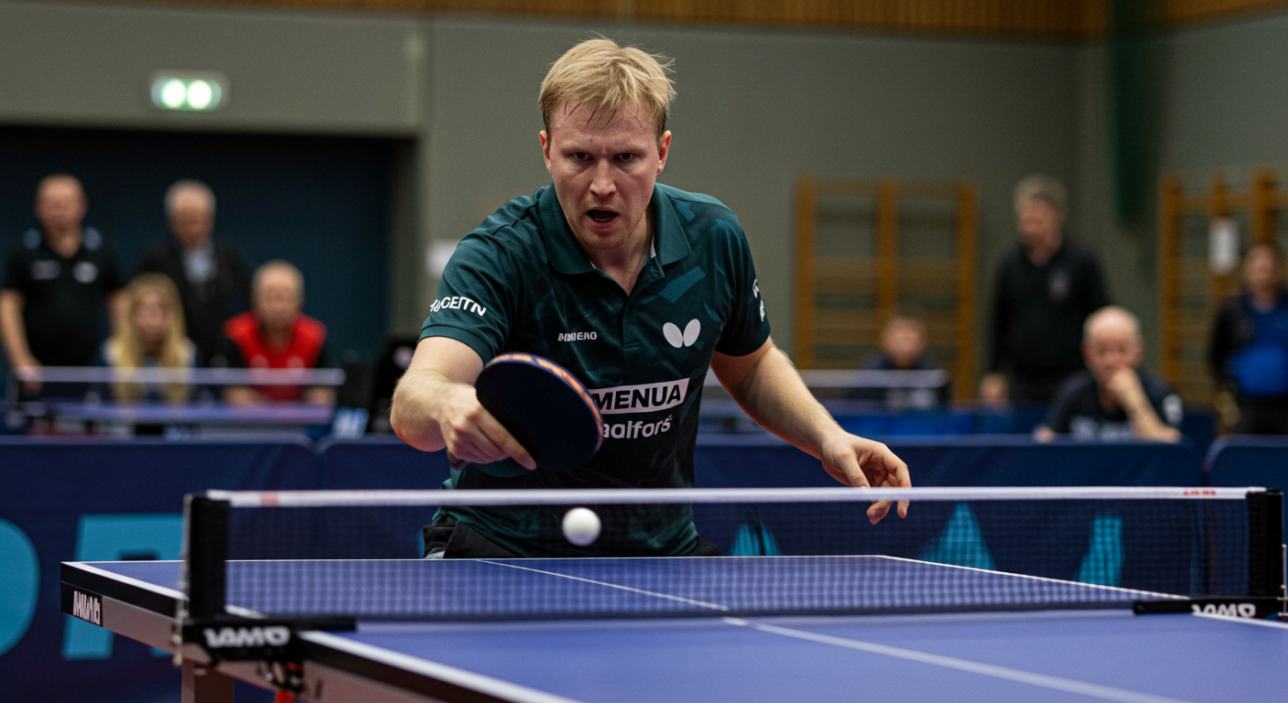
Today, table tennis continues to evolve. Elite players train using advanced equipment and analytics. High-speed cameras analyze ball trajectories. Training robots simulate rally conditions. Coaches use data to fine-tune strokes, serves, and movement.
Ma Long, widely considered one of the greatest male players of all time, has won multiple Olympic and World Championship titles. On the women’s side, champions such as Ding Ning, Chen Meng, and Sun Yingsha represent China’s continued dominance.
Meanwhile, young stars like Tomokazu Harimoto (Japan) and Hugo Calderano (Brazil) are bringing energy and competitiveness to the global stage.
International leagues, such as the Chinese Super League and European Champions League, offer competitive platforms for rising and veteran players alike.
Table Tennis in Everyday Life
Despite its professional edge, table tennis remains incredibly popular as a recreational activity. Its low cost, minimal injury risk, and accessibility make it ideal for all age groups.
You can find table tennis tables in:
-
Schools and universities
-
Public parks and youth centers
-
Office buildings and break rooms
-
Bars, cafes, and social venues
-
Basements and garages around the world
From casual players in Lagos to national champions in Tokyo, table tennis is woven into the social fabric of dozens of cultures.
Final Thoughts: The History of Table Tennis
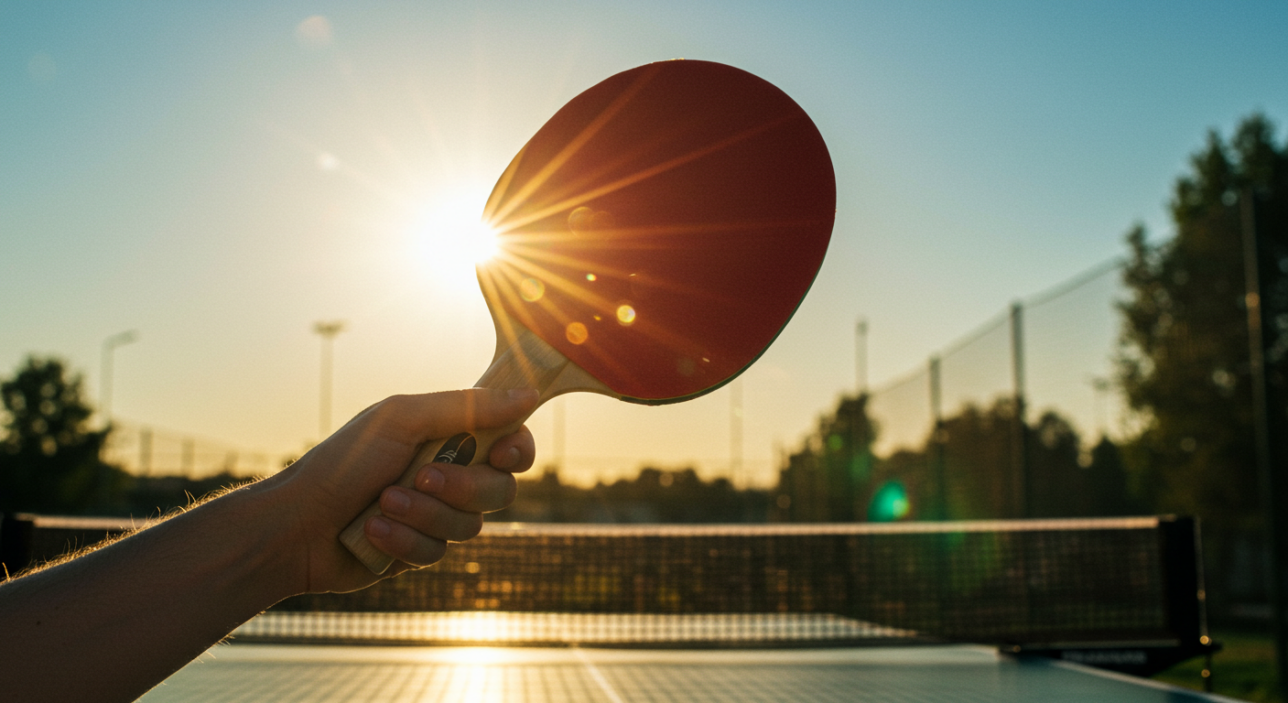
The history of table tennis is a story of transformation. What began as a parlor game improvised by Victorian dinner guests has become a truly global sport. Along the way, it has changed lives, shaped international relations, and united people from vastly different backgrounds.
It is a sport of agility, intellect, and endless variation. Every generation brings new styles, new champions, and new dreams. Whether played for fun, fitness, or glory, table tennis continues to capture the imagination of players and fans around the world.
And as the game continues to evolve, its history reminds us of something important: the simplest ideas, when fueled by passion and ingenuity, can grow into something extraordinary.
Frequently Asked Questions
1. Who invented table tennis?
There is no single inventor of table tennis. The game evolved in late 19th century England as an indoor adaptation of lawn tennis. Several British manufacturers, including J. Jaques & Son Ltd, helped commercialize the game by producing early equipment and branding it under names like Ping Pong. Over time, the sport grew organically and was later standardized by governing bodies.
2. When did table tennis become an Olympic sport?
Table tennis was added to the Olympic Games in 1988 during the Seoul Olympics. Both men’s and women’s singles and doubles events were included. Since then, the sport has become a regular fixture, with China being the dominant force in most editions.
3. What is the difference between Ping Pong and table tennis?
Originally, Ping Pong was a trademarked name used for a branded set of equipment sold by J. Jaques & Son in England and Parker Brothers in the United States. Table tennis became the official name of the sport once governing bodies like the ITTF were established. Today, both terms are used interchangeably by casual players, but competitive play is always referred to as table tennis.
4. Why did the scoring system change from 21 to 11?
The scoring system changed in 2001 to make matches faster and more exciting for spectators and broadcasters. Shorter games increased the pressure on each point and made the sport easier to follow on television, especially for new audiences.
5. Who are some of the greatest players in table tennis history?
Several players stand out in the sport’s long history:
-
Viktor Barna (Hungary) won five world singles titles in the 1930s.
-
Deng Yaping (China) dominated women’s table tennis in the 1990s.
-
Jan-Ove Waldner (Sweden) is often called the Mozart of table tennis.
-
Ma Long (China) is the most decorated modern player with multiple Olympic and World titles.
6. Why did the ball size change from 38 mm to 40 mm?
In 2000, the ITTF increased the ball size from 38 mm to 40 mm to reduce speed slightly and improve visibility during matches. The change made it easier for audiences, both live and on TV, to follow rallies and appreciate spin and placement.
7. What is Ping Pong Diplomacy?
Ping Pong Diplomacy refers to the 1971 event where players from the US and China engaged in friendly table tennis matches during the Cold War. This unexpected exchange helped improve diplomatic relations and led to President Nixon’s historic visit to China in 1972. It remains one of the most famous examples of sport influencing politics.
8. Why did the sport switch from celluloid to plastic balls?
Celluloid balls were flammable and difficult to manufacture safely. In 2014, the ITTF officially approved the use of plastic balls for all sanctioned competitions. These new balls had slightly different bounce characteristics, but they were safer and more consistent to produce.
9. What countries dominate table tennis today?
China remains the undisputed leader in table tennis, both in Olympic and World Championship events. However, Japan, Germany, South Korea, and Sweden also have strong competitive histories and continue to produce world-class athletes.
10. How has technology changed modern table tennis?
Technology now plays a major role in elite training and match analysis. Coaches use high-speed cameras, ball-tracking software, and robot feeders to refine techniques. Broadcasts include real-time data on spin, speed, and placement, making the game more engaging for fans and more data-driven for athletes.

